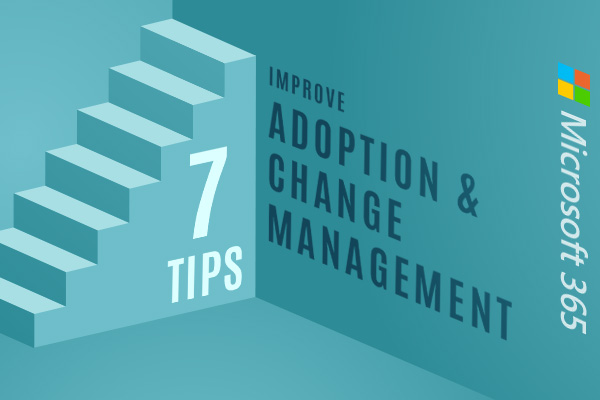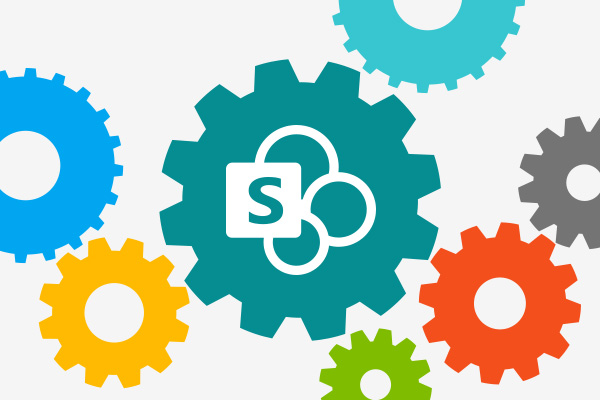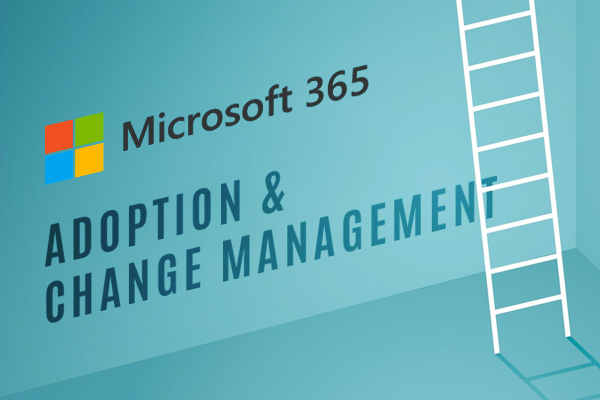
7 top tips to improve Office 365 adoption and change management
In this post we’re going to explore seven tactics to improve Office 365 adoption and change management that we’ve seen often work.

In this post we’re going to explore seven tactics to improve Office 365 adoption and change management that we’ve seen often work.

SharePoint intranet governance can help create a successful and sustainable intranet that supports employees, drives value and provides great content.

In this post, we’re going to explore why Office 365/Microsoft 365 ACM is so important and some of the associated challenges and the elements that need to be in place for a successful ACM programme.
Book in a live demo with us to discuss your project and find out more about our services, solutions and how we can add value to your digital workplace. Simply fill out the form and pick a time and date in our calendar.
Alternatively, if you have a question and would like more information about Content Formula, please visit our contact us page.
We look forward to meeting you.
We use cookies to give you the best experience on our site. By continuing to use our website, you are agreeing to our use of cookies. To find more about the cookies, please see our cookie notice.
You can also read our privacy policy.